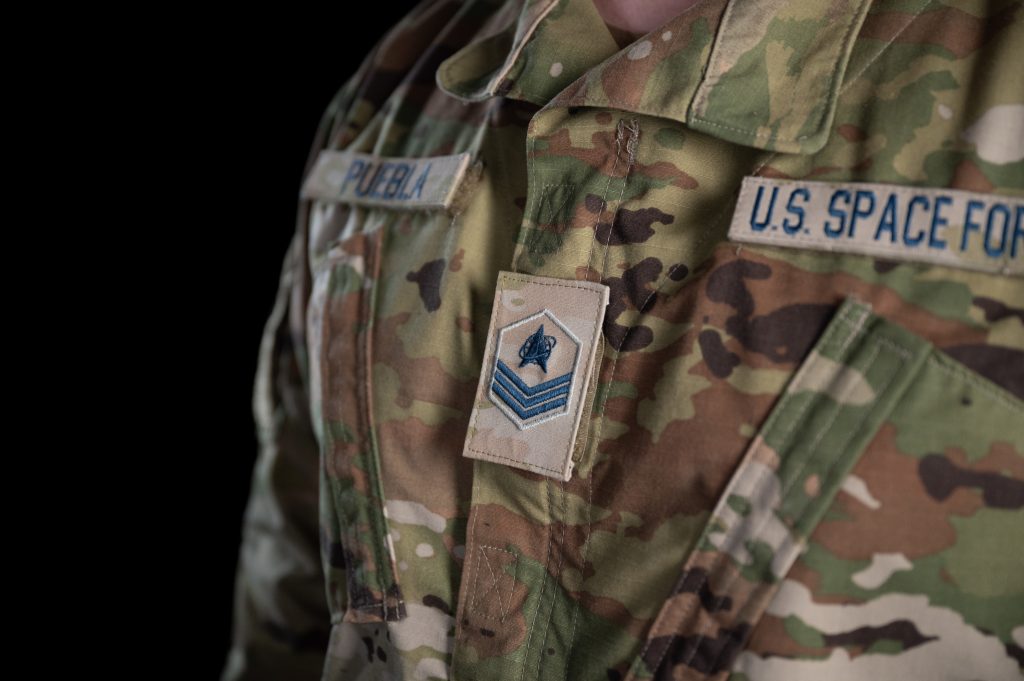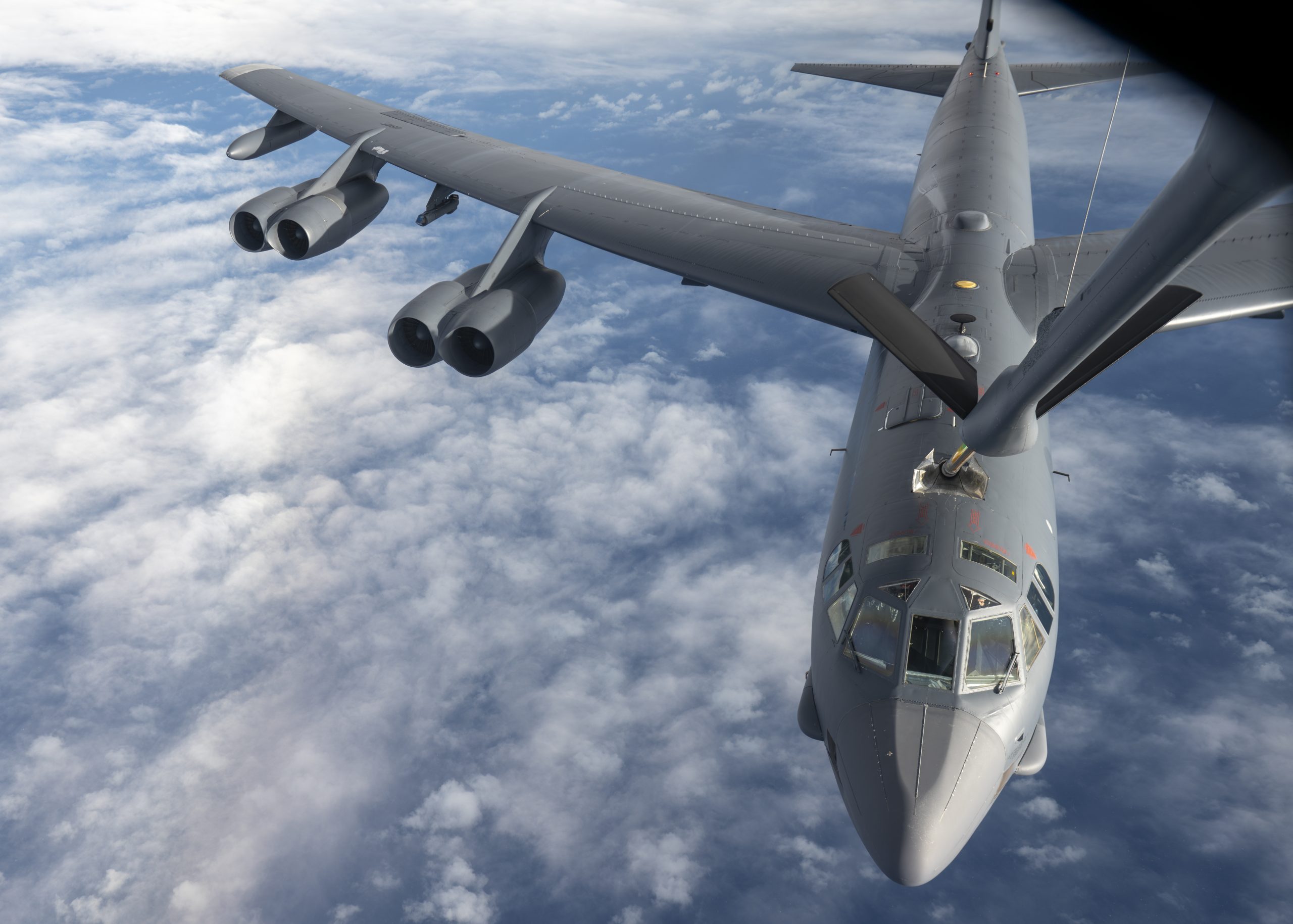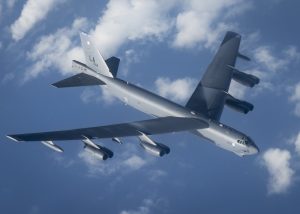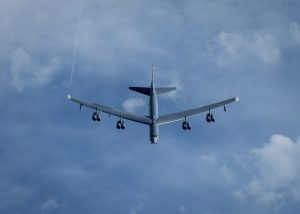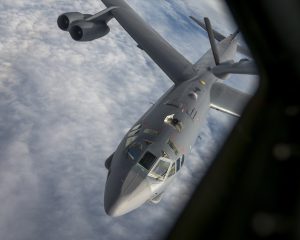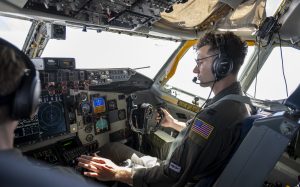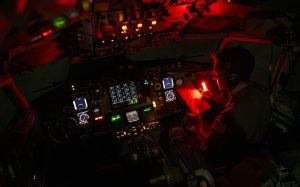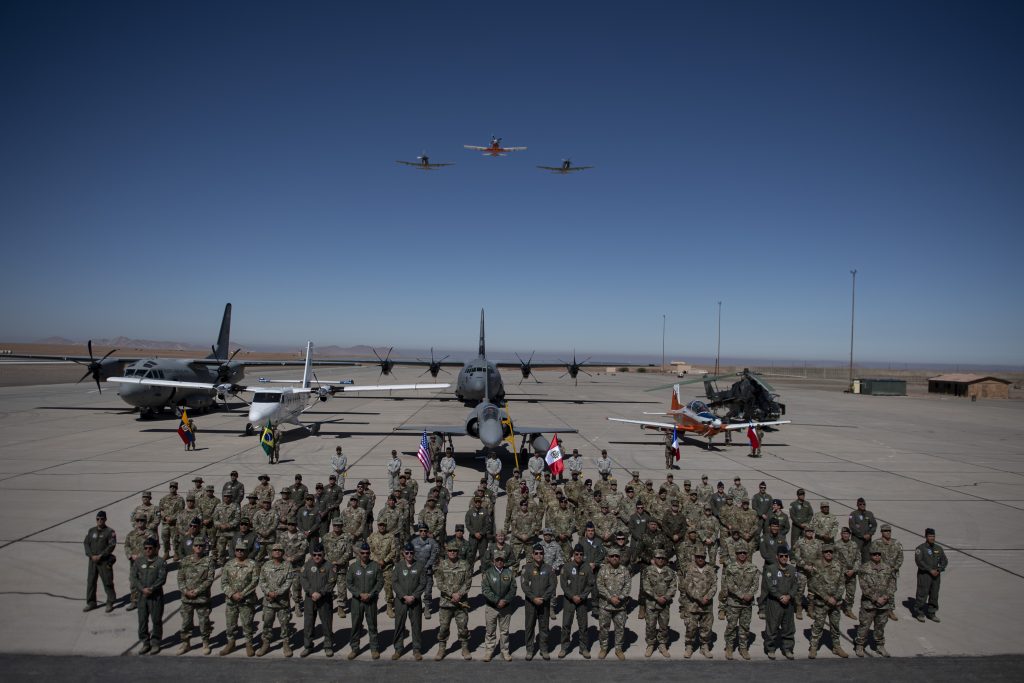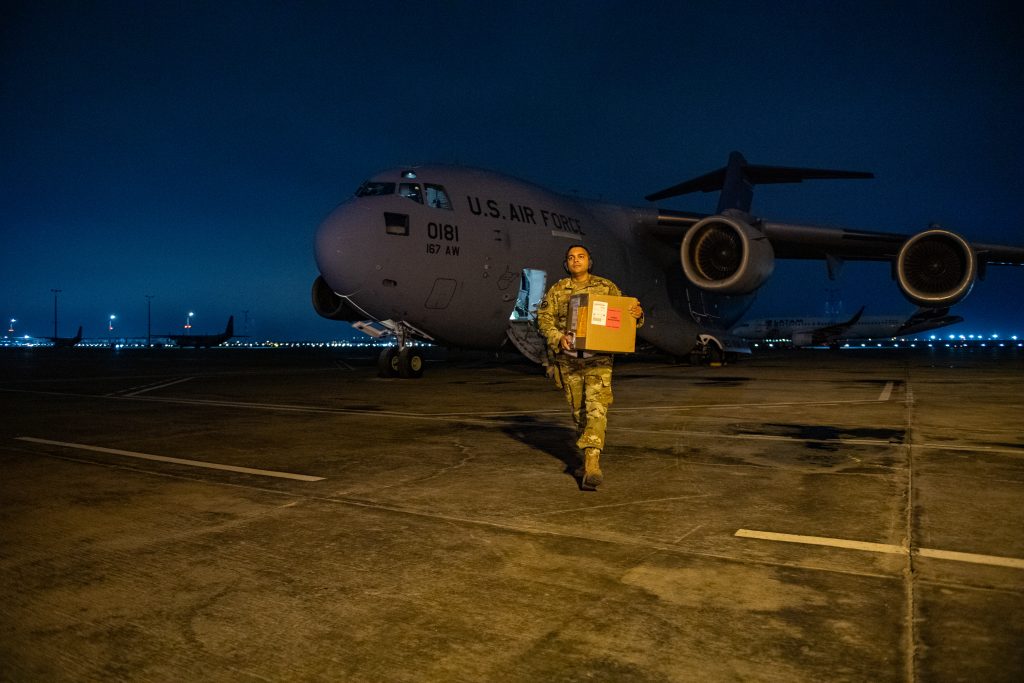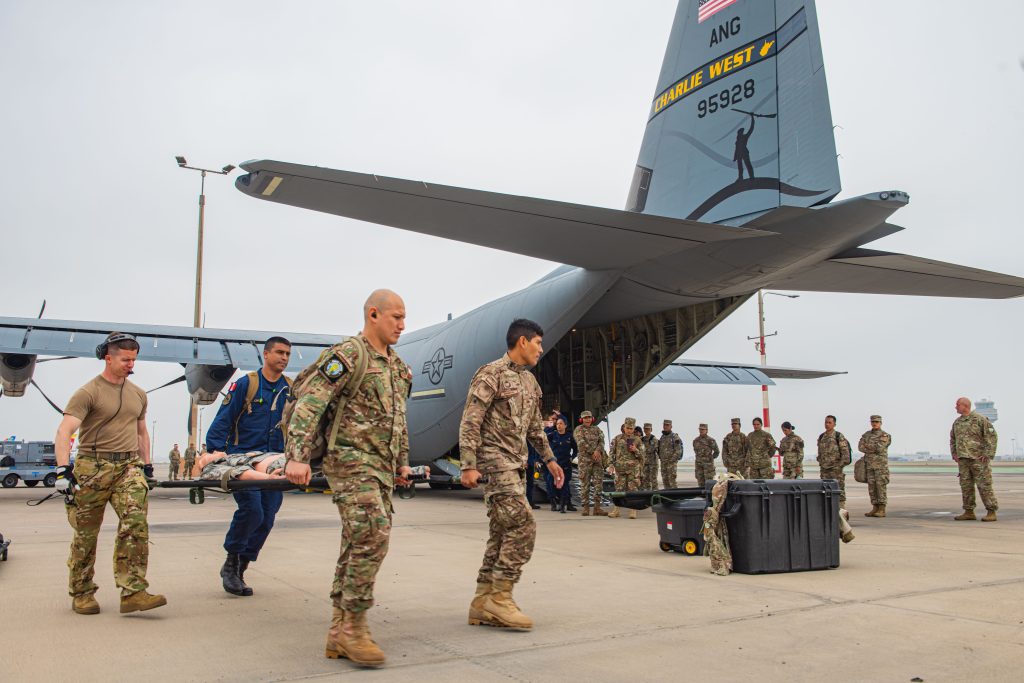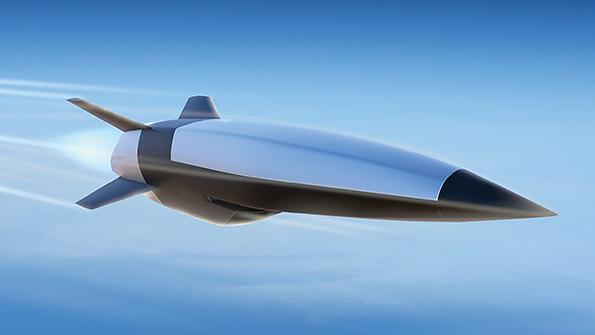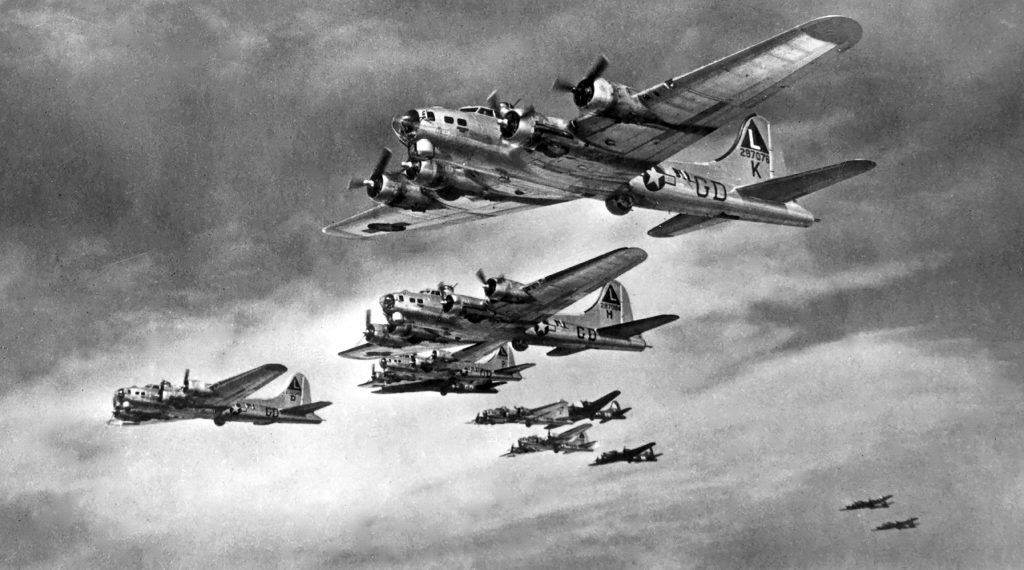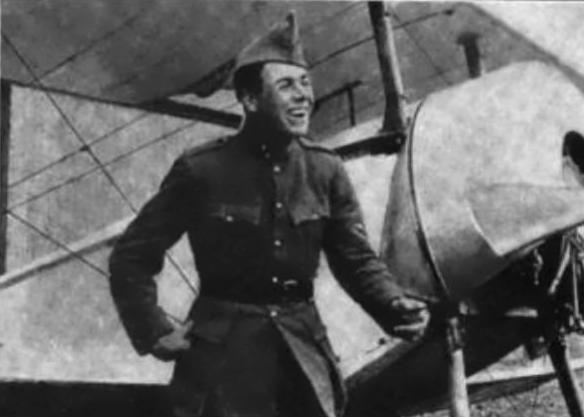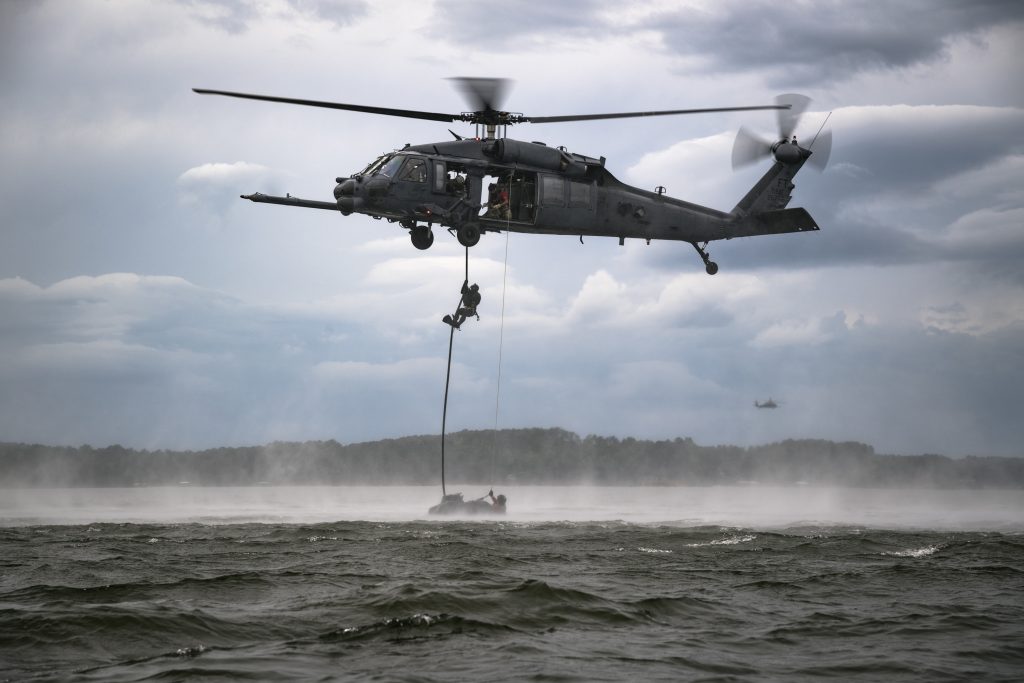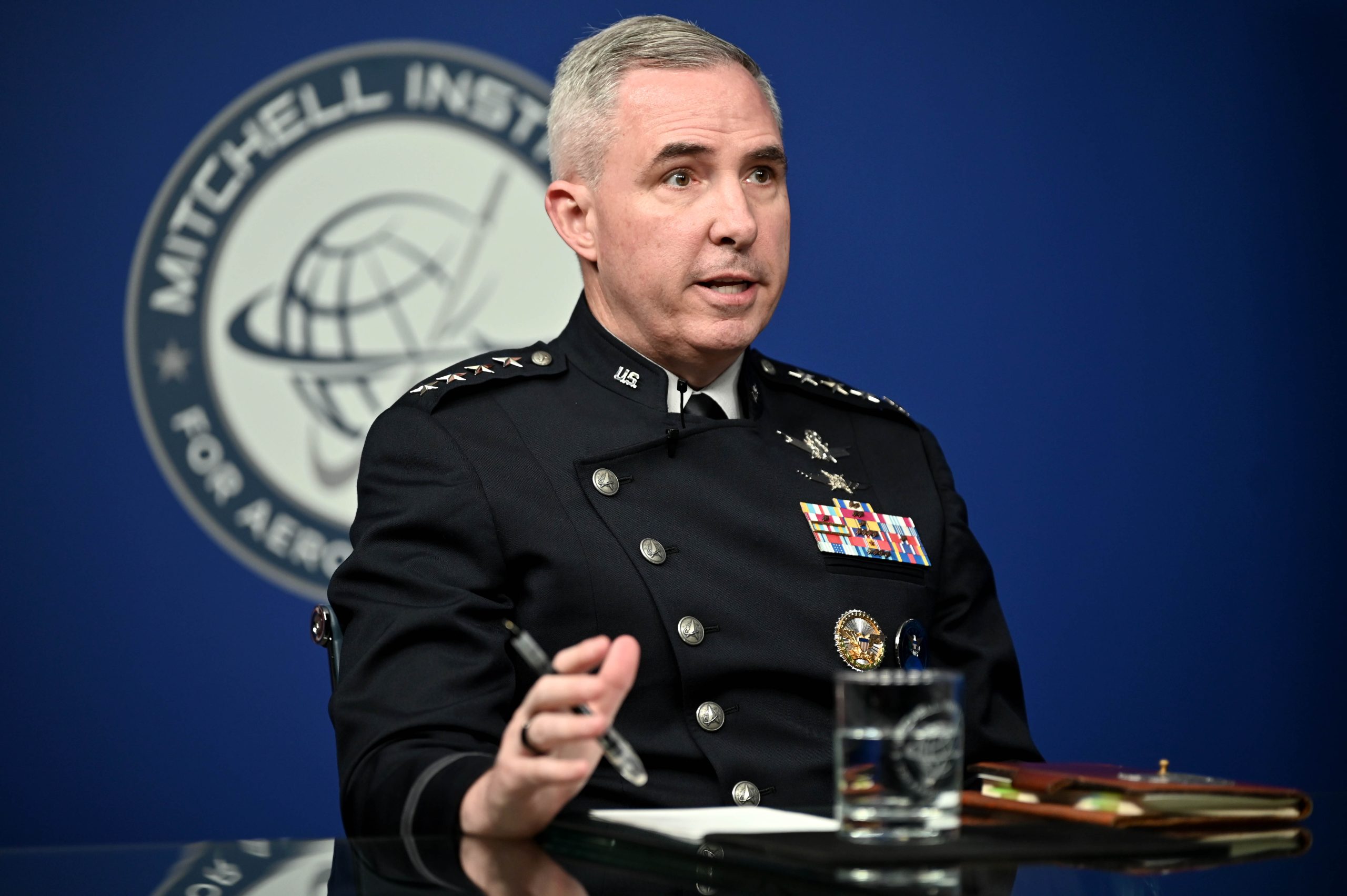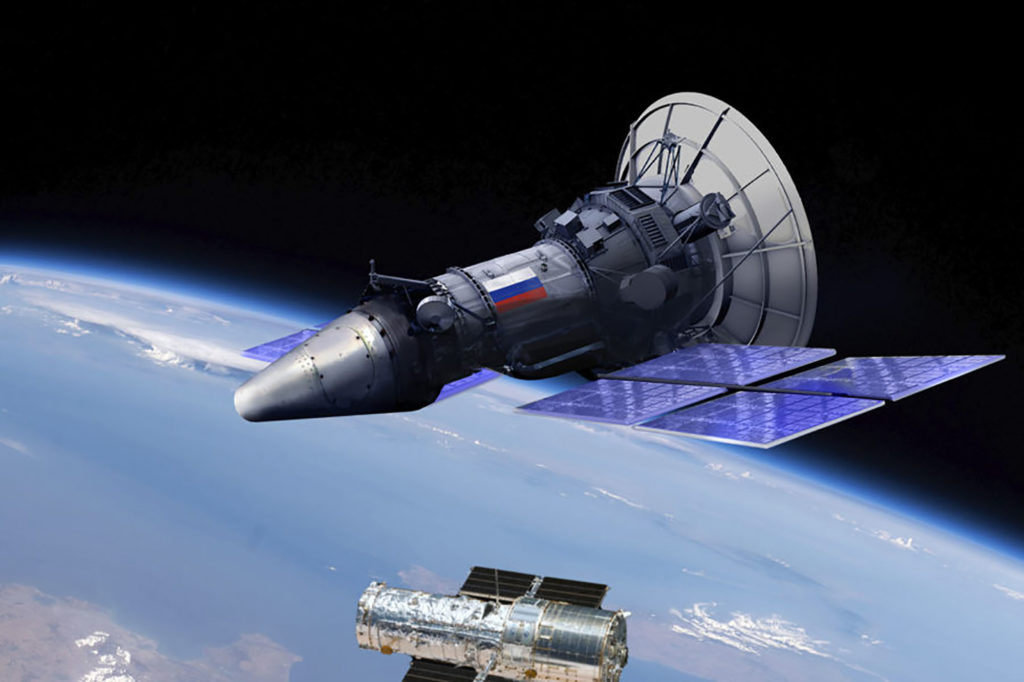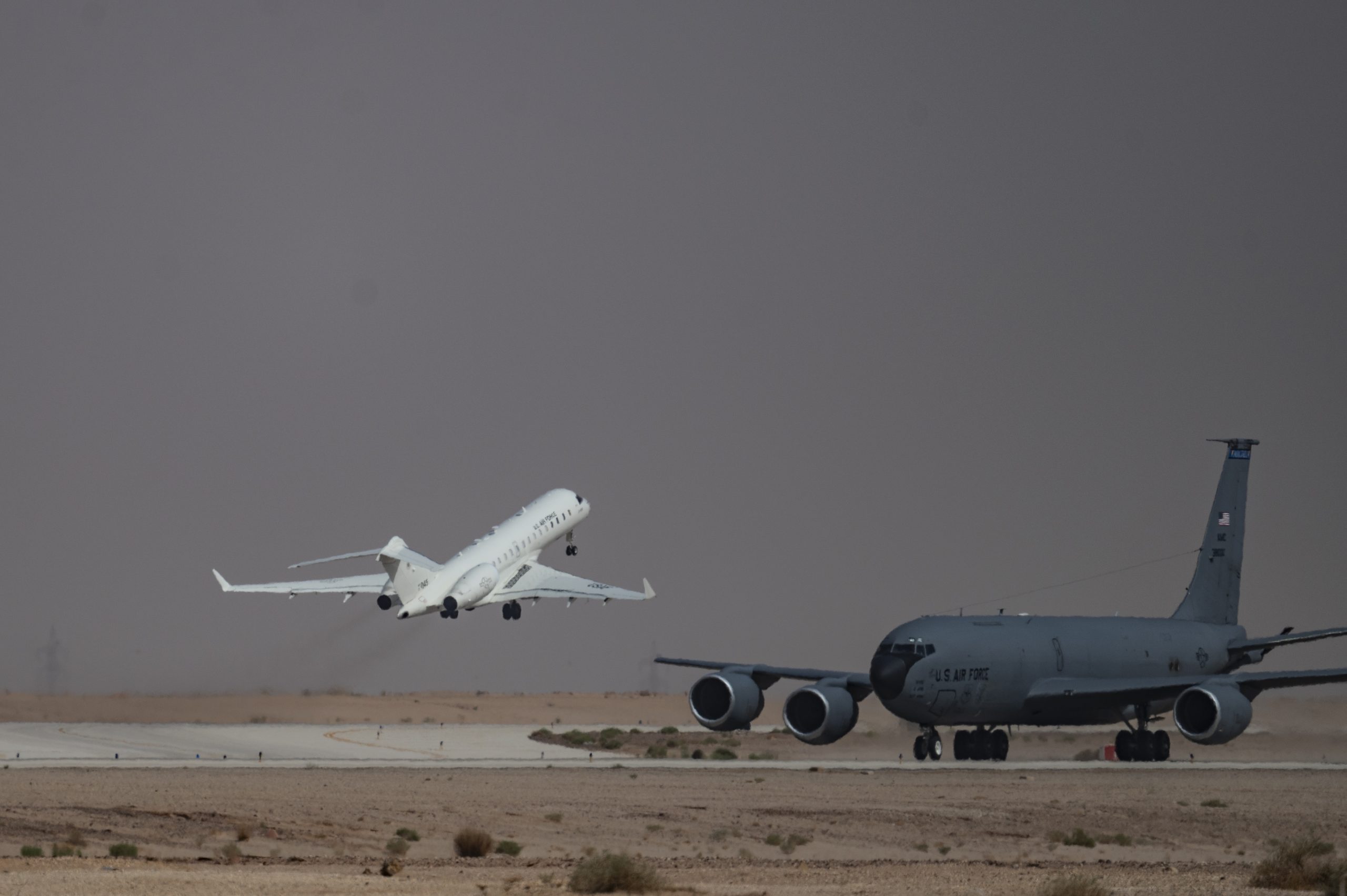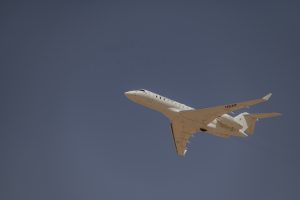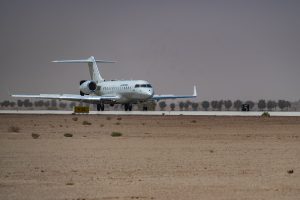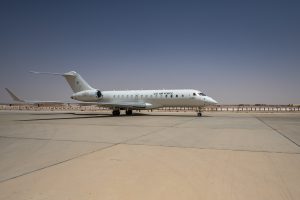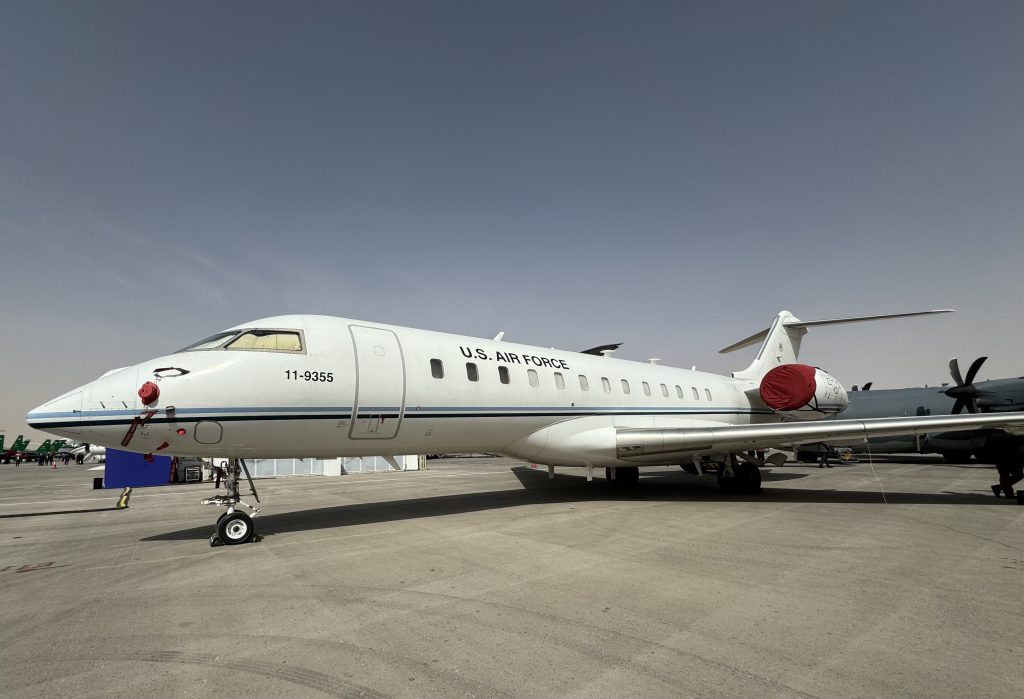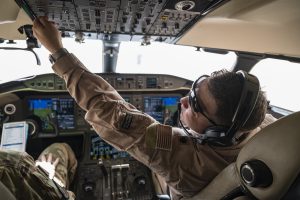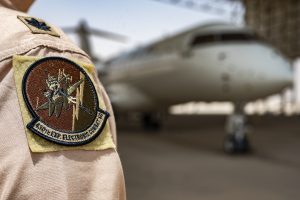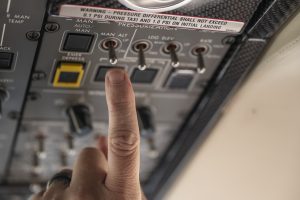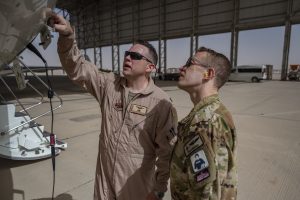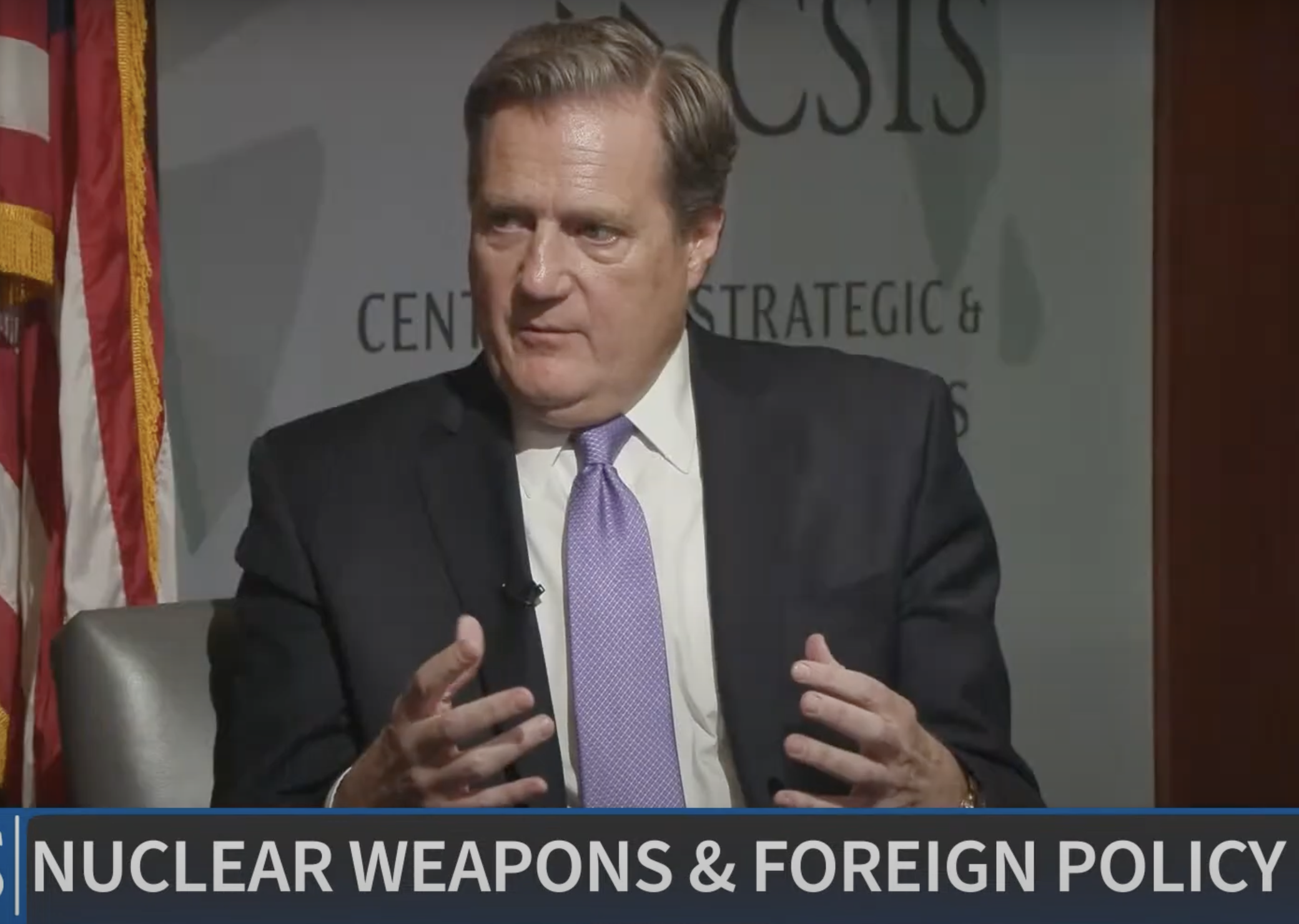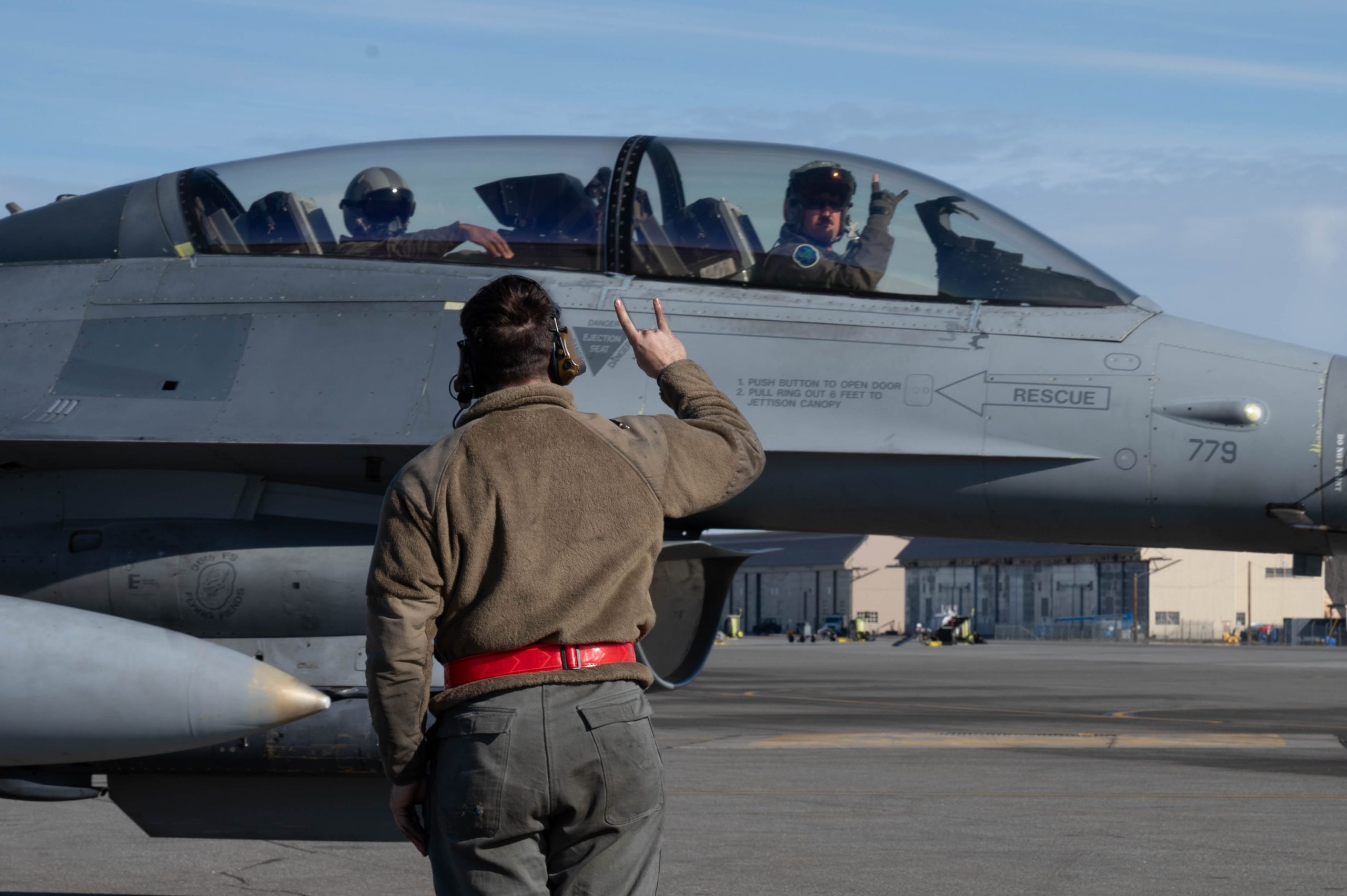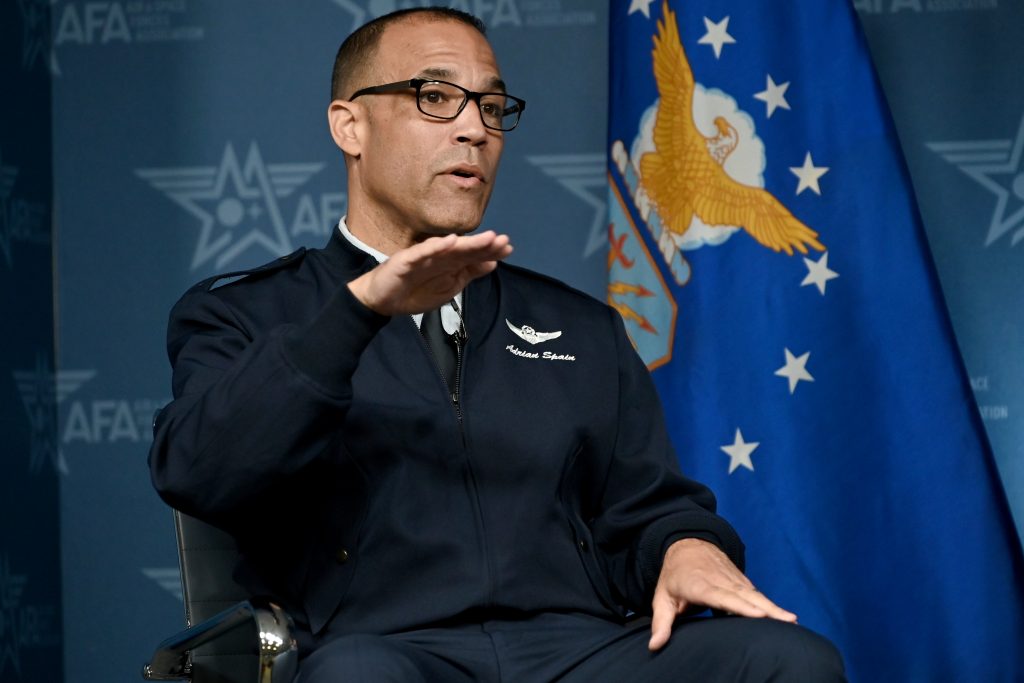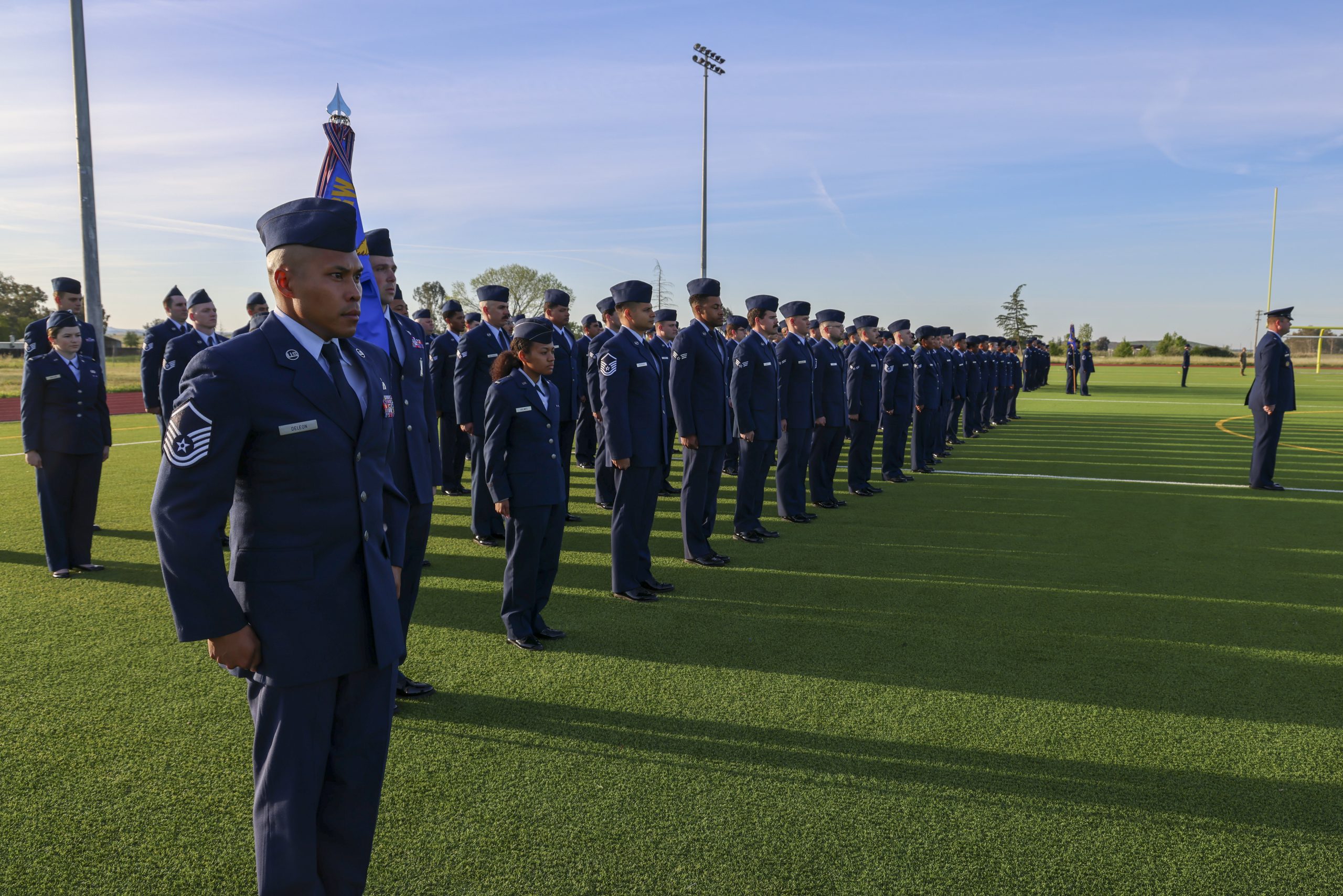Nearly every Guardian in the Space Force who was eligible for promotion to sergeant this year made it, with a selection rate of 95.66 percent, the Air Force Personnel Center announced June 24.
Almost two-thirds—63.87 percent—of those seeking to become technical sergeants were also selected, as the Space Force grows its noncommissioned officer corps.
Out of 484 specialist 4s, 463 were tapped to move up to sergeants. Out of 573 sergeants, 366 were picked to become technical sergeants. The promotion rates and the number of those eligible and selected are the highest for those ranks in the short history of the service.
The competition was tougher for master sergeant—108 Guardians were picked from 506 eligible, a rate of 21.34 percent. That percentage lags the previous two years, though the overall number of those selected continues to climb. That declining rate echoes the rest of the Space Force senior NCO ranks—in December, the service announced slight dips in selection rates for both senior master sergeants and chief master sergeants
A full list of all those selected for E5, E6, and E7 will be available on the Air Force Personnel Center website on June 27 at 8 a.m. Central Time.
Compared to last year, the number of Space Force promotions for non-senior NCO ranks nearly doubled, from 417 to 829. The selection rate similarly spiked, from 50.9 percent to 78.4 percent.
Space Force Enlisted Promotion Rates
| Year | Sergeant | Technical Sergeant | Master Sergeant |
|---|---|---|---|
| 2024 | 95.66 percent | 63.87 percent | 21.34 percent |
| 2023 | 72.08 percent | 34.97 percent | 30.18 percent |
| 2022 | 66.91 percent | 33.23 percent | 29.89 percent |
That stands in marked contrast to the Air Force, where enlisted Airmen have faced some of their lowest promotion rates since the end of the Cold War over the last few years. The competition has been particularly brutal for the E5 to E7 ranks, with selection rates in the teens and low 20s. Service officials have said increased retention, along with a force grade restructuring, have led to the low numbers, which are expected to last into 2025.
The Space Force, meanwhile, is still young and growing with a different force structure than its sister service. While enlisted Airmen outnumber officers around 4-to-1, there are roughly equal numbers of enlisted and officer Guardians. The largest enlisted rank in the Air Force is a Senior Airman at E4, the Space Force’s largest rank is sergeant, followed by technical sergeant.
